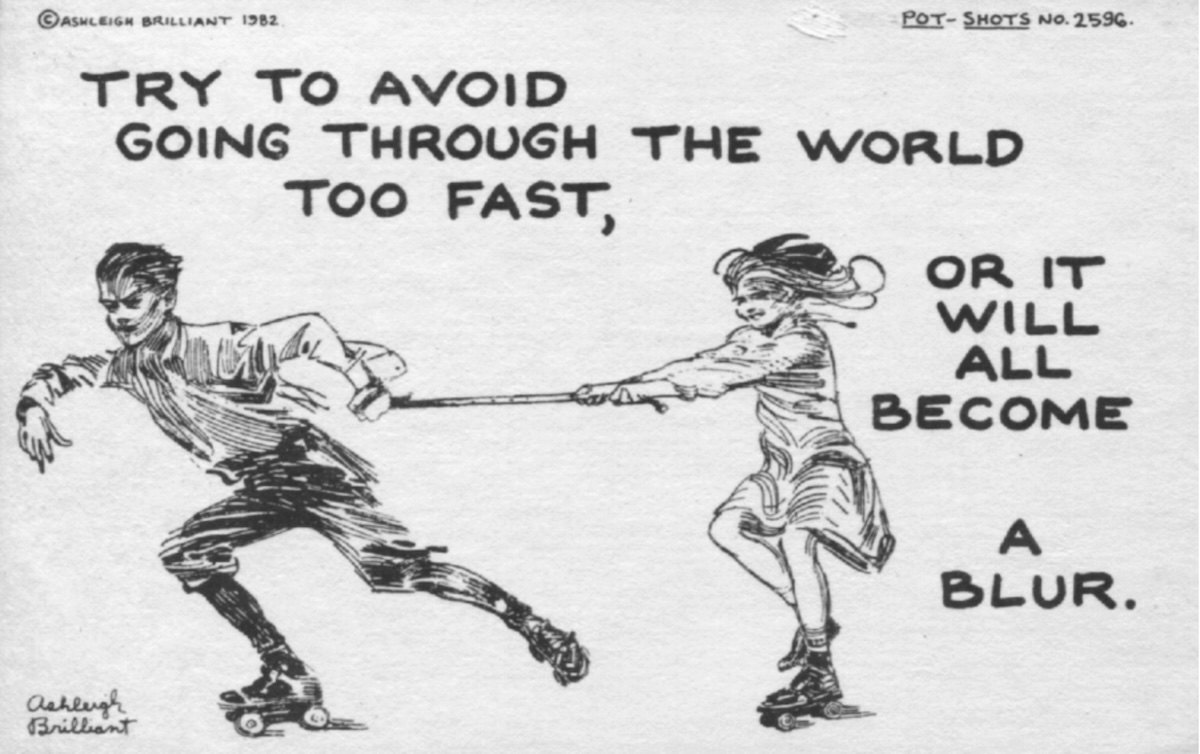Get Over It

There are many ways of dealing with an obstacle in your path. You can try to get around it, under it, or even through it. If worse comes to worst, you may have to negotiate with it.
But the option our culture seems to prefer is to get over it. The trouble, in this welter of images, is that you can’t (and don’t even need to) get over it, until you’ve been through it. This, of course, applies very much to stressful situations. Depending on the circumstances, if someone tells you outright to “Get over it!” they are usually not being very sympathetic. You are being advised to calm down, and to stop being as overwrought as you appear to be.
What we are really talking about here is something for which maybe a better word is “RECOVERY.” You need to recover whatever mental balance you had, but have now apparently, at least temporarily, lost. If this were an actual illness, especially a physical one, no one would be telling you to get over it.
Yes, but what about hypnosis? Doesn’t that work sometimes in helping people “get over” things? And what about all the other kinds and techniques of “healing,” from witch doctors through “Amazing Grace” to religious “faith healers”? Christian Scientists have built a whole belief-system on rejecting modern medicine. Tom Lehrer had his own comment on this in one of his comedy routines: “It has been a nervous year, and people have begun to feel like a Christian Scientist with appendicitis.” (If you ask them about this, C.S. adherents will tell you of cases in which so-called appendicitis, after being diagnosed as such by regular doctors, have quickly cleared up when properly prayed over. – And who am I to quarrel with the power of Prayer?)
But those of us with less faith, or (like me) with no faith at all, have to put whatever trust we can muster in pills and scalpels, as advised by more conventional practitioners. And of course, that still doesn’t guarantee getting over it.
Perhaps we’re on more solid ground thinking about other obstacles, which the Earth provides in plenty. Most dramatic are mountain ranges. We have, for example, the Rockies, which must indeed have been disheartening to early settlers heading West. After crossing the vast expanses of prairie and desert, they see ahead a huge mass across the horizon. Many of them never went any further – and that is how Denver got started.
Even more formidable were oceans, which actually cover most of the Earth’s surface. The great rivers which feed the oceans were in many cases obstacles in themselves – and the borders which define countries and other territories were often those same rivers. But the creation of bridges has for millennia been an art and a science, particularly useful to military commanders, the maneuverability of whose armies depended on the skill of their engineers. This goes back at least as far as the ancient Persians, who – by bridging the Bosporus, which separates Europe from Asia – were able to invade Greece (where their defeat at Marathon has given an enduring name – and distance – to modern foot-races).
As for going under – or through – such obstacles, I can remember a time before the Channel Tunnel (now fondly called the Chunnel) when the only way to get from England to France, other than by air, was by ferryboat. Depending on the weather and your susceptibility to sea-sickness, that could be a very unpleasant trip. But at the other end you would find you’d changed not only countries, but cultures.
When I was at school in England, French was a required subject – but I was never very good at it, and admired people who were. I remember that on my first visit to France, shortly after arriving I saw a man who was taking his dog for a walk, and saying something to it. And I thought how remarkable it was that, over there, even the dogs understood French!
The engineering of tunnels through mountains has been one of the proudest accomplishments of modern times. I still find it hard to believe that Hannibal and his army took elephants over the Alps two thousand years ago. Today there’s no question that, long before there was a St. Bernard Tunnel, those same-named dogs were used to rescue lost travelers. However, the question of just what liquid they carried in those little barrels fastened around their necks is still a matter of conjecture.






